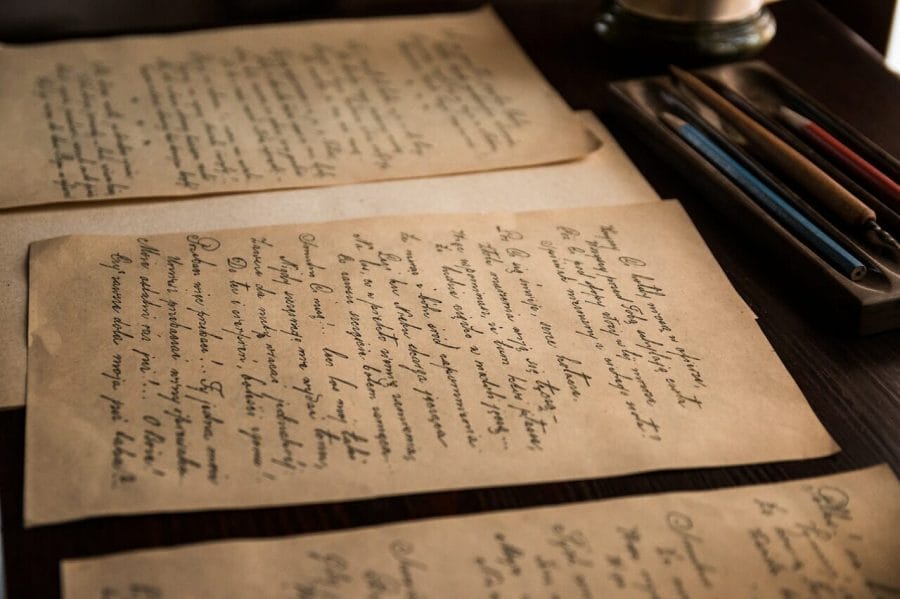
Storing Family Papers and Photographs
There are many important family photographs and documents that need to be intentionally preserved if you want them to stand the test of time. Today, we’re sharing some tips on how to prepare and store your family archives.
When you’re ready to store, find a Safe Storage USA location near you by visiting our listings.
Tip 1: Store items at a low temperature and a low relative humidity
- The lower the temperature the longer your items will last, because cooler temperatures slow the rate of chemical decay and reduce insect activity. Keep the temperature below 75 degrees Fahrenheit (F).
- Keep the relative humidity (rH) below 65% to prevent mold growth and reduce insect activity.
- Avoid very low relative humidity because relative humidity below 15% can cause brittleness.
Tip 2: Consider cold storage for acetate negatives, color negatives, prints, and slides
- Acetate negatives and color negatives, slides, and prints are vulnerable to fading and deterioration within decades, if stored at room temperature. Cold storage can slow this deterioration, but it requires special packaging and steps. Learn how to prepare items for cold storage at National Park Service Cold Storage website.
Tip 3: Reduce the risk of damage from water, insects, and rodents
- Store items out of damp basements, garages, and hot attics.
- Keep items away from sources of leaks and floods, such as pipes, windows, or known roof leaks.
- Store items on a shelf so they don’t get wet.
- Store items away from food and water which are attractive to insects and rodents.
Tip 4: Packaging family papers and photographs for storage. Boxes, folders, rolls, sleeves, albums, and scrapbooks, oh my!
Use containers that:
- Are big enough for the originals to lay flat or upright without folding or bending
- Are the right sizes, so items don’t shift
- Use a spacer board if there are not enough items to fill an upright box.
- Don’t overstuff the box.
- Are made of board or folder stock that is lignin-free and acid-free or buffered.
- Have passed the PAT if storing photographs
Rolls
Large flexible sheets can be stored rolled.
- Roll onto a sturdy tube so it is less likely to be crushed.
- Use an archival quality paper tube that is buffered with low-lignin content.
- Select a tube that is at least two inches longer than the width of the widest sheet.
- Five sheets may be rolled on to one tube. Roll all five sheets onto the tube at the same time, not one after the other.
How to roll onto a tube:
Sleeves
If your originals are brittle, torn, or heavily used, place each sheet in a polyester L-sleeve. These sleeves reduce the risk of tears and other damage due to handling.
- Only place one item in a sleeve and make sure all parts of the text or image is visible. This way the item can stay in the sleeve while being viewed.
- Use sleeves that are larger than the original. Any part of the original extending outside of the sleeve is likely to be damaged.
- Don’t use sleeves in books. The sharp edges of the polyester will tear the book page.
Albums
There are a variety of binding styles and types that are safe, including spiral, ring binders, post or clamp bindings, or traditional sewn bindings The album cover material can be cloth, stable plastic, or leather. Choose the look and the style of the album you like. More important than the cover material is the quality of the album pages and other materials in direct contact with the photographs and papers.
Avoid overstuffing albums; don’t add too many items to the pages or too many pages to the album. This can cause damage to the pages of the album and the attached items, as well as make it difficult to use.
The safest method to mount photographs and papers is without glue or adhesive. This can be done by:
- Using pages or envelopes that are acid free and sleeves made of stable plastics such as polyester, polypropylene or polyethylene.
- Using corners made from acid free paper or stable plastic films such as polyester, polypropylene or polyethylene.

Tip 5: Materials to Avoid When Storing Family Papers
Materials that can cause physical damage, will discolor over time, ooze from the edges, or will be difficult to remove in the future including:
- Poor quality glue can damage photographs or documents over time, ensure that your adhesives are archival safe
- Degraded, pressure sensitive tape
- Non-stainless steel staples and paper clips
- Magnetic albums with self-stick adhesive
- Unkown plastics or polyvinyl chroide (PVC) plastics
- Discolored rubber bands
Start implementing these steps today to ensure that future generations can learn more about their heritage.
Article brought to you by archives.gov

